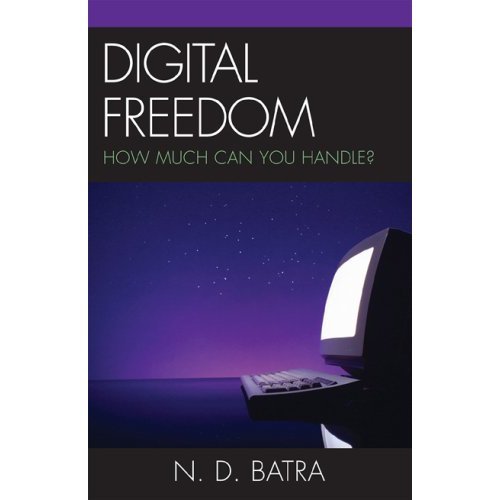https://www.livemint.com/
The transformation promised by an embrace of market capitalism
11 Mar 2021, 10:22 PM IST
Narain Batra
Privatization could spell major gains for India’s economy but a strategy is needed to get the cooperation of key stakeholders
The recently announced privatization plan will lead to a radical power shift in India and greater decentralization of economic activities, necessitating a new value-generative mechanism for cooperative partnership between the Centre, states and the private sector.
From Jawaharlal Nehru’s socialistic vision of controlling the ‘commanding heights of the economy to Prime Minister Narendra Modi’s new paradigm of the government not being in the business of owning and running enterprises, India is taking definitive steps towards privatization and a market economy. In 1951, India was overwhelmingly an agrarian economy; there were only five public sector enterprises (PSEs), and the Centre’s role in establishing an industrial base was a necessity.
Today, there are 348 PSEs with a total investment of over ₹16.4 trillion and more than a million employees, according to the Department of Public Enterprises. Privatizing them would open up space for the private sector to expand and innovate, as well as create huge investment opportunities for Indian and global players. The government, however, announced that four strategic sectors—atomic energy, space and defence; transport and telecom; power, petroleum, coal and other minerals; and banking, insurance and financial services—would still be under state control. Despite the proviso that each strategic sector would have no more than four PSEs, 332 PSEs would still be up for privatization. Shifting over 300 PSEs to the private domain would put India’s private sector through a phase of Schumpeter’s ‘creative destruction, leading to product and process innovation that would replace old products and production methods with new. The challenge is how to do it so that processes and outcomes elicit public trust. In the case of Maruti, for example, the devolution process happened so successfully that today it is one of the world’s most competitive automakers.
If India were an authoritarian state like China, it would have been easy to say, to borrow a trope from Star Trek, that “resistance is futile". But as we see in the farmer protest against the government’s efforts to improve the farm economy through exposure to market forces, and the romancing of farmers by pop culture and youth activist icons such as Rihanna and Greta Thunberg, it is unthinkable that such a significant transfer of economic power from the state to private equity-holders would go unchallenged. Last December, attacks by farm protesters on Reliance Jio’s telecom towers in Punjab showed how deep the resistance is to India’s rising marketplace and manufacturing culture. This needs to be overcome.
Since the country’s privatization process cannot be a turnkey project and would take a number of years to accomplish, the government would need to adopt a two-pronged strategy.
First, the government should launch a massive public relations campaign to explain, educate and persuade people how the privatization of PSEs would have a multiplier effect on India’s job market by creating thousands of small and medium enterprises needed as part of new supply chains to feed the expanding private sector.
A regular broadcast, like Modi’s Mann ki Baat on radio, if done by noteworthy and trustworthy public intellectuals and believers in free enterprise, aimed at explaining how privatization and wealth creation would lift all boats, would go a long way in public persuasion. There’s a widespread suspicion of business people in India as tax dodgers and greedy profiteers. The business community must step forward and create a positive image through transparency in its hiring and business practices.
Second, in order to accomplish the task successfully, the government must adopt pragmatic approaches. Divesting such large and diverse categories of PSEs is a complex undertaking that necessitates approaching each unit with open-mindedness and flexibility while focusing on the desired outcomes. What worked in the past, as in the case of Maruti’s disinvestment, may or may not work for other PSEs, depending on the expectations of stakeholders.
Most importantly, if the ultimate goal of the Modi government is to enable the rise of India as a manufacturing power under its Atmanirbhar agenda of self-reliance, without which the country wouldn’t have a seat at the global table, new mechanisms for cooperation between the Centre, states and private players is absolutely vital.
Narain Batra is professor of communications and diplomacy at Norwich University, Vermont and author of the forthcoming book, ‘Jawaharlal Nehru to Narendra Modi’


